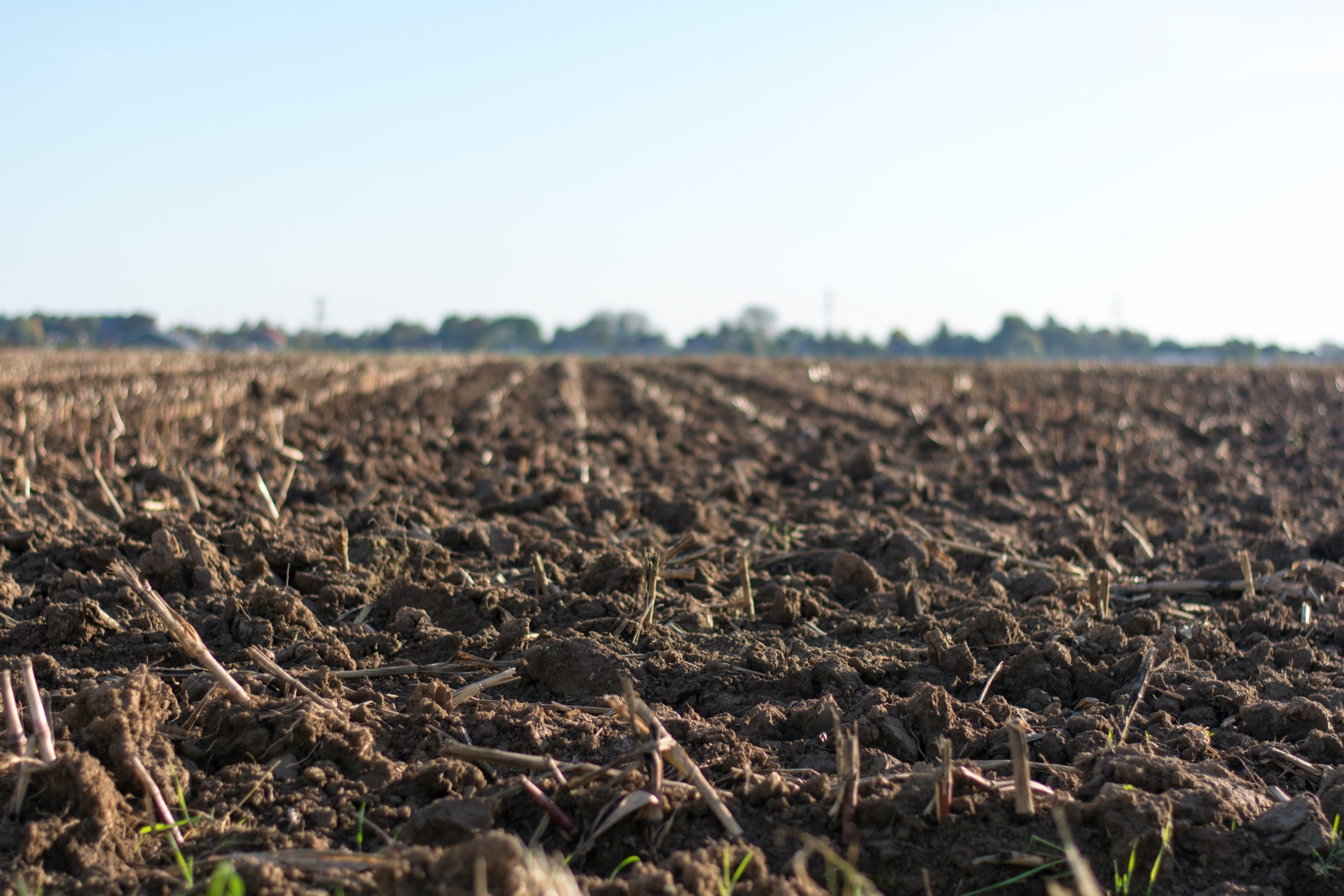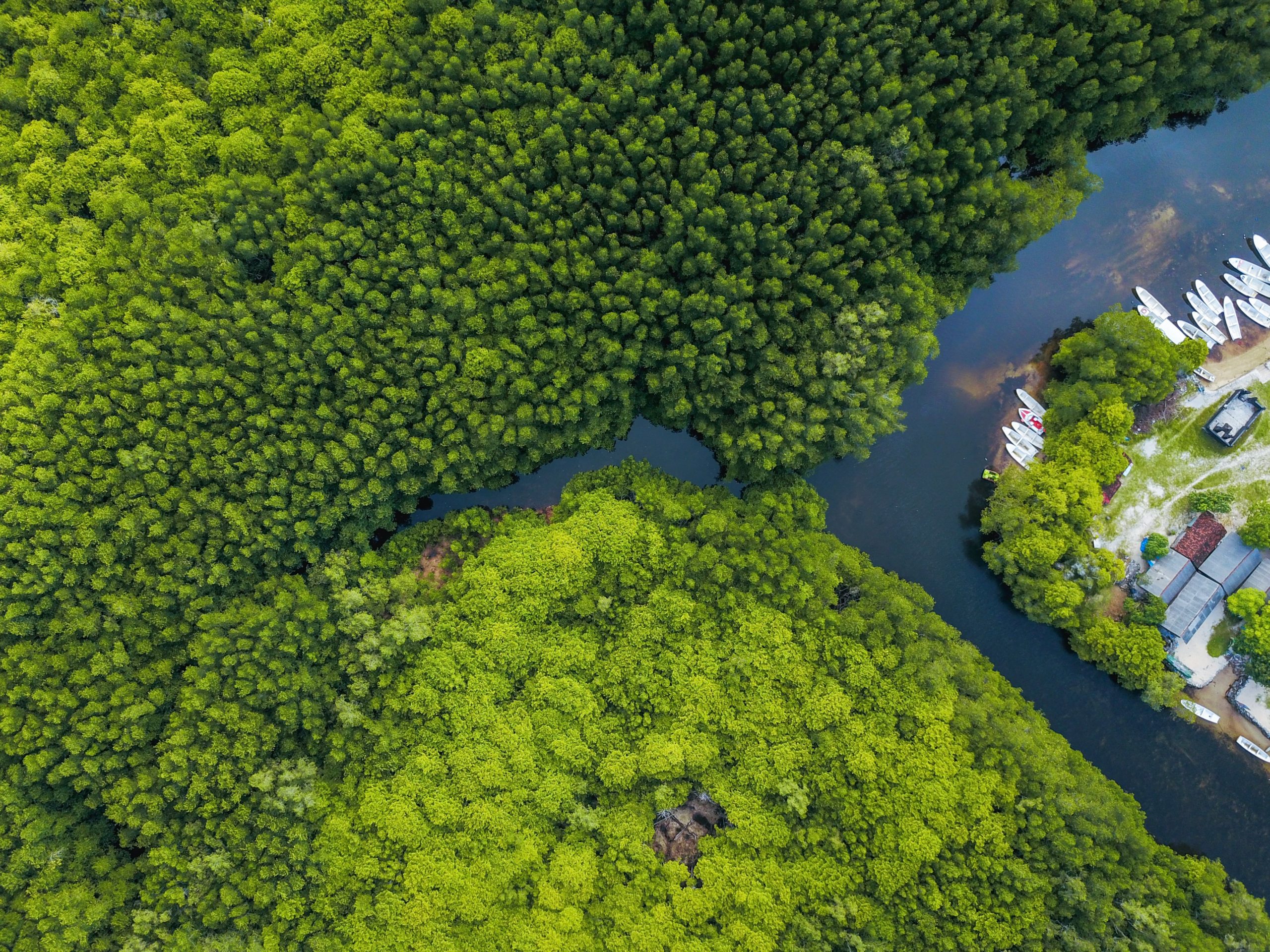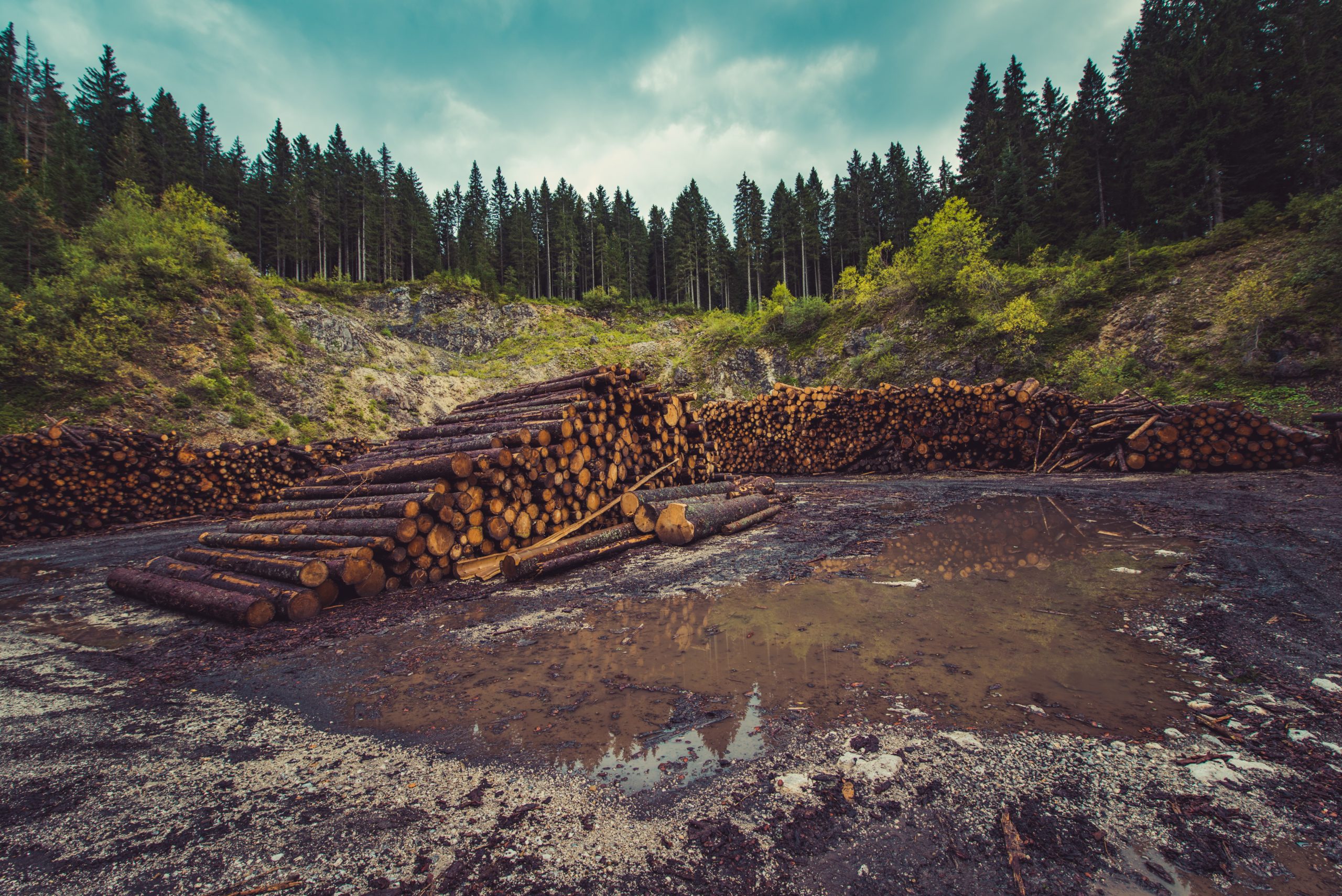12 ways to turn farmland wild without destroying livelihoods
Managing working farms to make them more like natural land is a challenge. Scientists have developed 12 tools to help countries do it and act on climate change.
H
umans now actively manage more than half of the ice-free land on Earth – what we might call our “working lands.”
The fate of those lands, along with the natural lands untouched by humans, will have a considerable impact on whether humanity can avoid climate catastrophe, according to a new study.
Working lands “are the lands where the largest portion of this story is,” said Bronson Griscom, a Conservation International scientist and the study’s lead author — “these messy, actively used parts of the landscape that we don’t think of as beautiful, pristine nature but that produce the things we need” and that can be managed to store more climate-warming carbon, or to avoid carbon emissions altogether.
In a 2017 paper, Griscom and other researchers quantified how much protecting and restoring natural lands, and managing working lands to more closely mimic natural lands (while still producing things for humans), could help forestall the climate crisis. Through these elements of “natural climate solutions,” the researchers found, humanity could achieve at least 30 percent of all cost-effective global actions needed to keep average global temperature rise under 1.5 degrees Celsius (2.7 Fahrenheit), widely considered in the “safe zone.”
In the new paper, published today in a special issue of the journal Philosophical Transactions of the Royal Society B, the oldest scientific journal in the English-speaking world, Griscom and the same team of researchers turned their attention to answering “where” these solutions occur in the tropics, and “how” countries can unlock them.
12 natural climate solutions
Griscom and the team of researchers further unpacked protection, restoration and improved management actions to identify 12 types of natural climate solutions, and analyzed them across more than 100 tropical countries.
Using global data sets the team has been working with and improving since their 2017 paper, they were able to separate individual countries from global totals and calculate national emissions reductions totals that are possible through natural climate solutions.
The outcome: A concrete number indicating how much nature can help a country reach its carbon-cutting goals under the 2015 Paris Climate Agreement — and 12 different tools that can be used in countless combinations to reach it.

Humans manage more than half of the ice-free land on Earth.
It can be hard to understand the value of nature
For Griscom, beyond the obvious barrier of financing for these natural climate solutions, the difficulty lies in helping countries recognize the value of nature — and of protecting it. “Protecting areas is messy: You not only have to determine where to draw these lines of protection on the map, you have to change livelihoods and offer alternative opportunities, you have to help the communities that have been using these now-protected lands. That’s not easy.”
But the benefits to broader society, he contends, both locally — mangroves help protect fisheries, for example — and globally, are too big to pass up.
“If we as a society finally decide to put a value on carbon — as we should because it is economically rational to do so — and we embrace the restoration economy, we are opening up immense economic opportunities that will also help us stop this climate crisis.”
“Changing the livelihood of a rancher in the Amazon to grow trees instead of cattle isn’t easy — but where that is not feasible, we can help ranchers shift into systems where trees are brought back into these landscapes.”

Protecting natural areas, like mangroves, has a big impact locally and globally. Photo by Joel Vodell on Unsplash
Businesses can negatively impact land
In the tropics, more than twice the area of protected tropical rainforests is dedicated to forestry operations. Unlike the vast stretches of identical trees that characterize plantation forests, these are, by contrast, the diverse, native forests where high-value hardwoods are harvested. And because these forests are so diverse, a very small number of the trees actually have a recognized commercial value. As a result, logging companies often use a process called selective logging, where they go in and only pull out the trees they know they can sell.
But the process of doing that it is incredibly damaging to surrounding trees — and to the forests as a whole.
“In many places, loggers will drive around the forests with bulldozers and mow down the trees to get that one mahogany tree,” Griscom explained. “But it doesn’t have to be that way.”
“There are innumerable things that can be done to dramatically reduce the impact on the remaining forest while making a better business model for sustainable production for tropical hardwoods — which means companies can still produce these things that we need, while avoiding greenhouse gas emissions and restoring the ecosystem.”
Griscom is quick to note that in the case of working lands, countries can’t — and shouldn’t — do this alone: “In many cases, the barrier to progress is private-sector capital to invest in better business models.” He noted that it’s particularly important because good governance isn’t a reality in many countries — and even when it is, it’s not enough.
“The best part about private sector investment in natural climate solutions,” he said, is “you don’t have to fundamentally change livelihoods; you’re just improving existing systems.”

Selective logging, only pulling out the trees they know they can sell, is extremely damaging to forests. Photo by Ales Krivec on Unsplash
A new era of climate action
When we talk about addressing climate breakdown, Griscom said, we’re looking at rapidly and drastically reducing greenhouse gas emissions across all sectors; massively scaling-up carbon sequestration efforts; and a climate-smart transformation of how land is used.
These actions are complicated and ambitious — and countries have already agreed to do them to meet their Paris Agreement targets. Launching a new era of climate-smart land stewardship across nearly 200 countries is daunting. This new research identifies a set of tropical countries that are well positioned to demonstrate — supported by international investment — how protection, restoration and improved management of our lands will not only reverse greenhouse gas emissions, but also become major carbon sinks. And according to Griscom, a substantial number of tropical countries can do this through their transformation into green economies while also increasing ecosystem resilience, halting the biodiversity crisis and delivering sustainable development goals.
“We are on the threshold of a milestone in human history — the decade where we pivot from chronic degradation of our biosphere to the age of restoration and resilience.”
Bronson Griscom is the senior director of natural climate solutions at Conservation International. Sophie Bertazzo is a senior editor at Conservation International. Want to read more stories like this? Sign up for email updates here. Donate to Conservation International here.
This research was made possible by the Lui-Walton Innovators Fellowship program, which enables fellows to create dynamic and unconventional approaches to conservation that shift how nature is valued.
The ideas presented in this article aim to inspire adaptation action – they are the views of the author and do not necessarily reflect those of the Global Center on Adaptation.